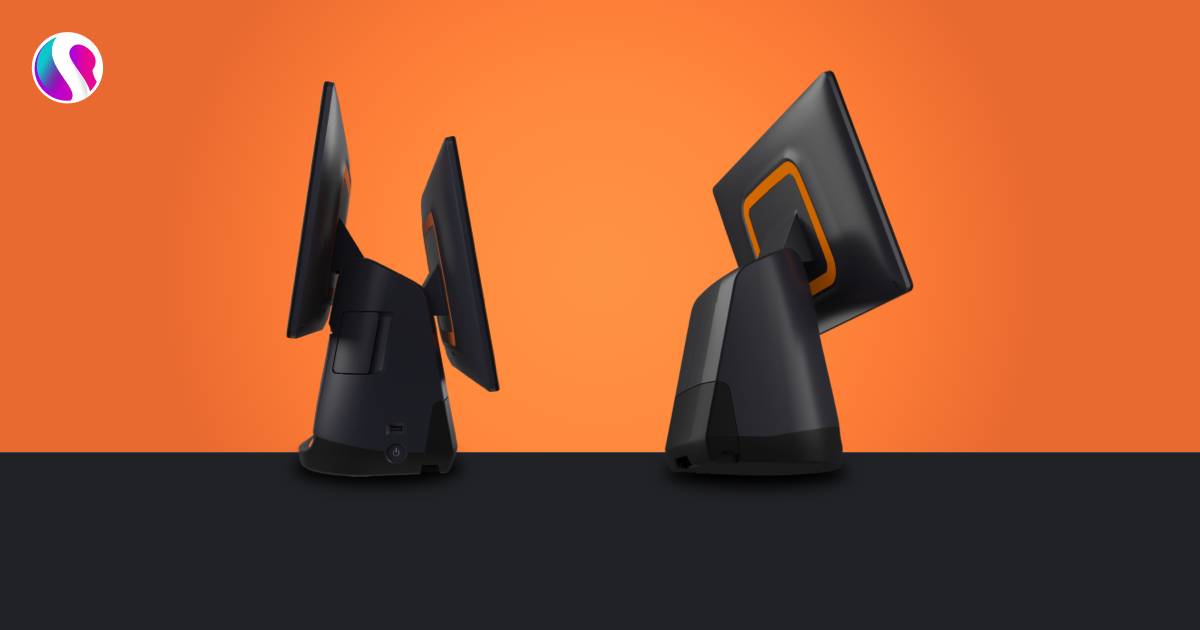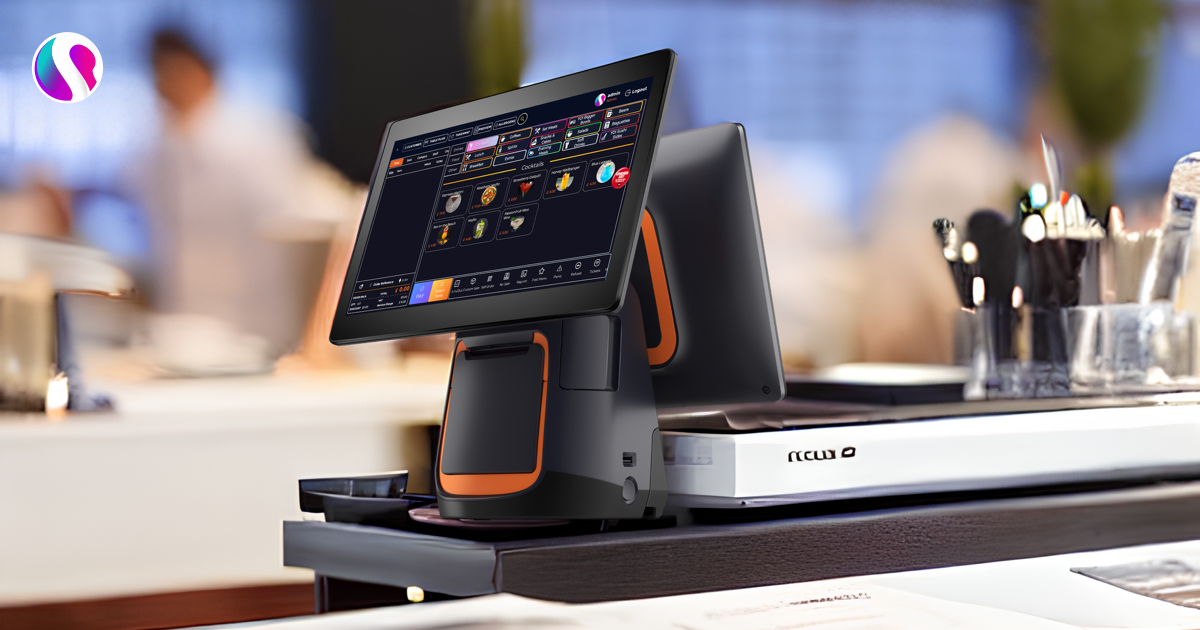Electronic Point of Sale (EPoS) systems have become an integral part of modern businesses, but their evolution has been a long and interesting journey. In the early days, EPoS systems were basic and limited in functionality, but today's modern systems offer businesses a wide range of features and benefits. Understanding the history of EPoS can provide valuable insights into how technology has evolved and what the future may hold. We will take a look at the history of EPoS, from its origins in the 1970s to the advanced systems of today. We will explore the key developments and innovations that have shaped the technology, as well as the benefits and challenges of implementing an EPoS system in a business. Whether you're a business owner considering an EPoS system or simply curious about the technology, this post will provide a comprehensive overview of the history and evolution of EPoS.
What is an EPoS?
Electronic Point of Sale (EPoS) is a computerised system used by businesses to process transactions, manage inventory, and gather data on customer behaviour. EPoS systems differ from traditional cash registers in several ways. Firstly, EPoS systems offer more advanced functionality, such as the ability to process a variety of payment types, manage inventory in real time, and provide detailed reports on sales trends and customer behaviour. Secondly, EPoS systems use specialised hardware and software to provide these features, whereas cash registers are typically limited to processing cash transactions and providing a basic record of sales.
What are the components of an EPoS system?
The components of an EPoS system typically include a computer or tablet with specialised software, a cash drawer, a receipt printer, a barcode scanner, and a card reader for processing credit and debit card payments. Some EPoS systems may also include additional components, such as customer-facing displays or loyalty card readers.
The specialised software used in an EPoS system typically includes features for processing transactions, managing inventory, generating reports, and analysing data. The software may also include features for managing customer data, such as creating customer profiles and tracking purchasing behaviour.
Overall, EPoS systems are a more advanced and versatile solution for businesses than traditional cash registers. With their ability to process a variety of payment types, manage inventory in real-time, and provide detailed reports on sales trends and customer behaviour, EPoS systems have become an essential tool for businesses of all sizes.

Early Days of EPoS
The early history of EPoS can be traced back to the 1970s when the first electronic cash registers were introduced. These early systems were a significant improvement over traditional mechanical cash registers, as they provided businesses with the ability to store transaction data electronically and generate basic reports on sales activity.
However, it was not until the mid-1970s that the first true EPoS system was developed by IBM. This system, known as the IBM 3650, was a significant breakthrough in EPoS technology, as it offered businesses a range of advanced features, including the ability to process credit card payments, manage inventory, and generate detailed sales reports.
Despite these advancements, early EPoS systems still had limitations. For example, many early systems were expensive and complicated to operate, requiring specialised training for employees. Additionally, the hardware used in early EPoS systems was often bulky and unreliable, leading to frequent breakdowns and maintenance issues.
Modern EPoS Systems
Modern EPoS systems are significantly more efficient, accurate, and secure than their predecessors. With features like barcode scanning, touch screens, and cloud-based storage, modern EPoS systems are faster and more accurate, reducing transaction times and minimising errors. In addition, modern EPoS systems are more secure, with advanced encryption and security features that protect against hacking and data breaches.
Overall, the advancements in EPoS technology have had a significant impact on the hospitality industry, improving efficiency, accuracy, and security, and helping businesses to better serve their customers. As technology continues to evolve, we can expect to see further advancements in EPoS systems, offering even more advanced features and capabilities to businesses.
Future of EPoS
EPoS technology has seen significant advancements over the years, with features like barcode scanning, touch screens, and cloud-based systems improving efficiency, accuracy, and security. Emerging trends like mobile payments, AI integration, and IoT devices are shaping the future of the industry, with predictions pointing towards enhanced personalisation, greater integration, and increased mobility. Overall, EPoS systems continue to benefit businesses by improving efficiency, accuracy, and customer service, and by staying up-to-date with emerging trends and adopting new technologies, businesses can remain competitive and offer the best possible service to their customers.
EPoS systems have come a long way since their introduction in the 1970s. Today's modern systems offer businesses a range of benefits, including increased efficiency, accuracy, and customer satisfaction. However, implementing an EPoS system can also present challenges, such as the cost of hardware and software and employee training. By carefully assessing your business needs, choosing the right system, and investing in employee training, you can overcome these challenges and enjoy the benefits of EPoS technology. As EPoS technology continues to evolve, businesses can expect to see even more opportunities for growth and success.




